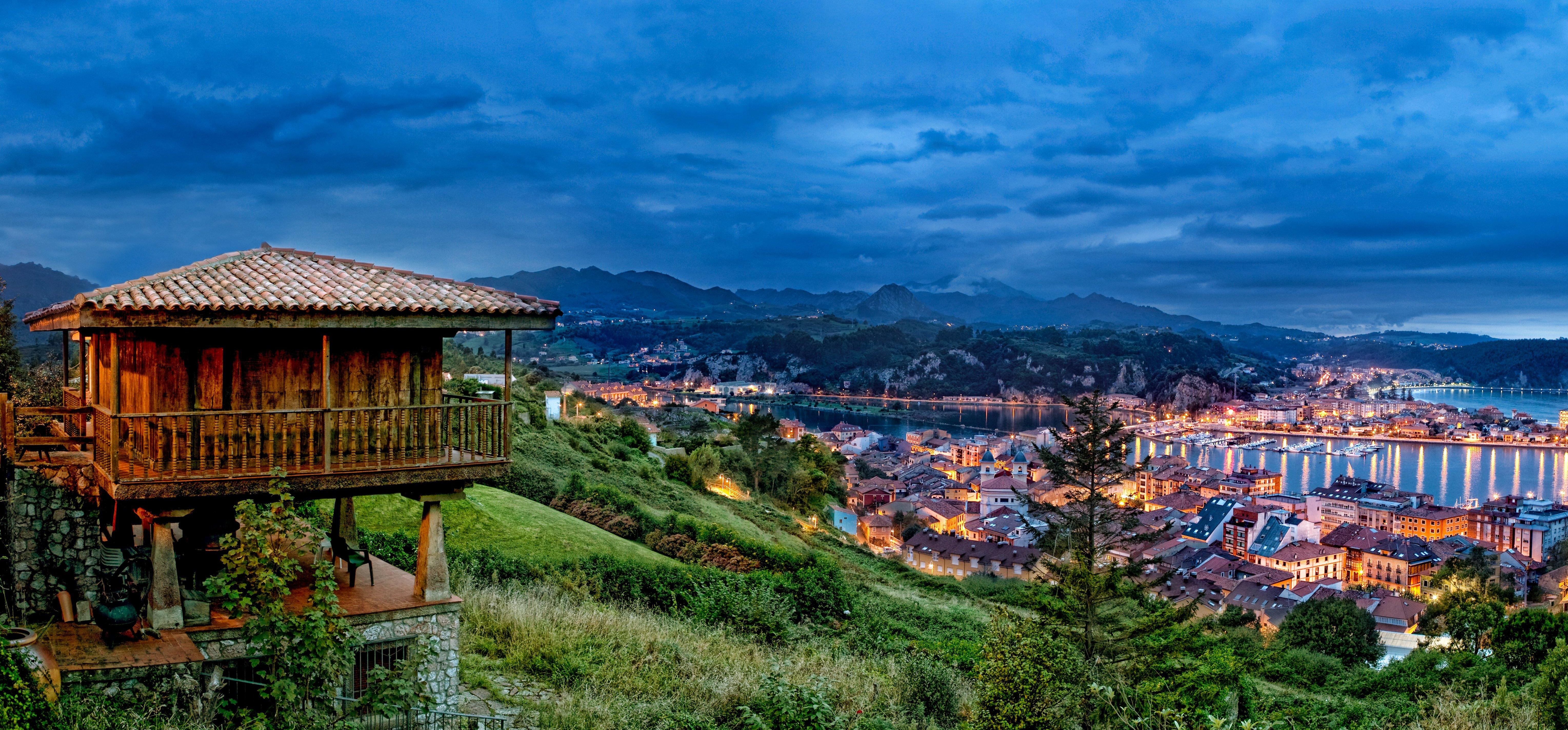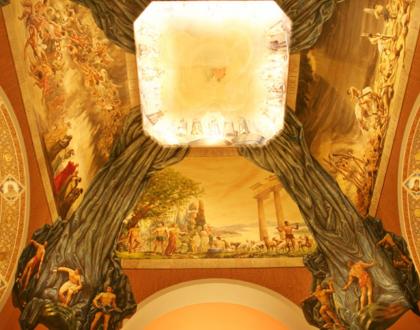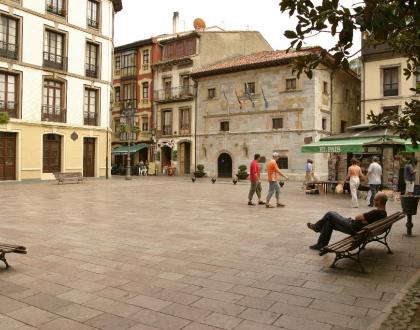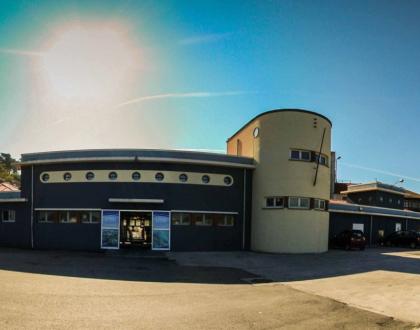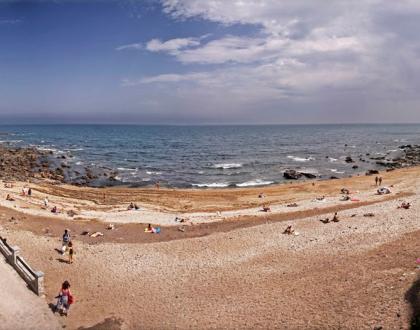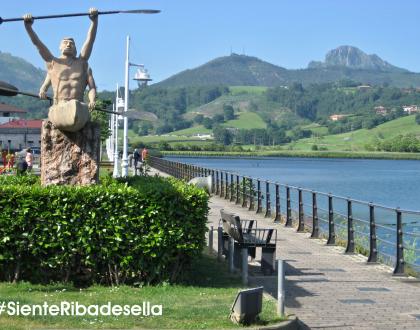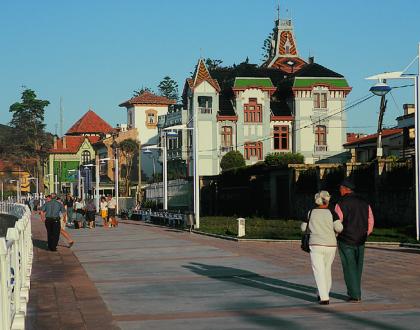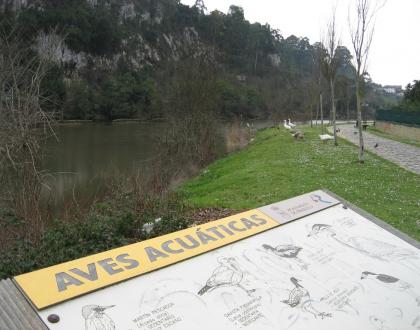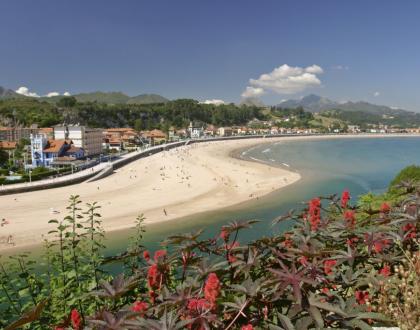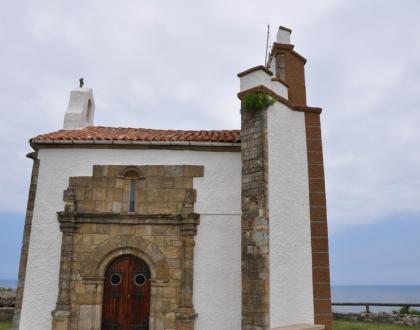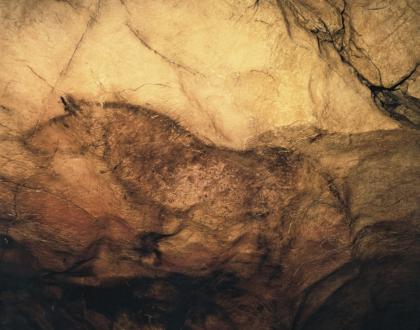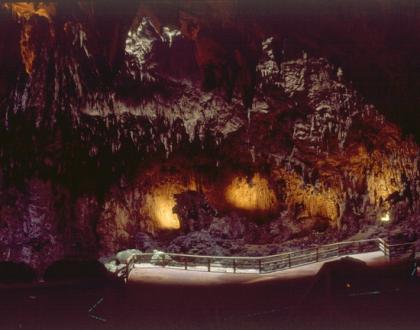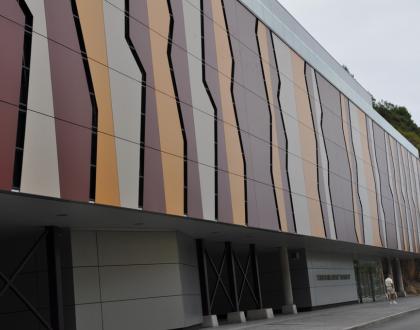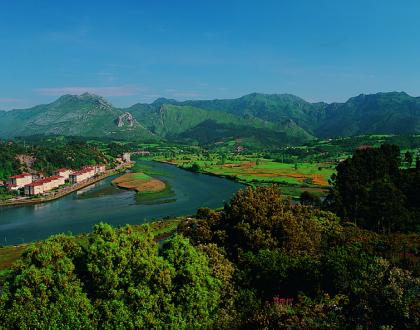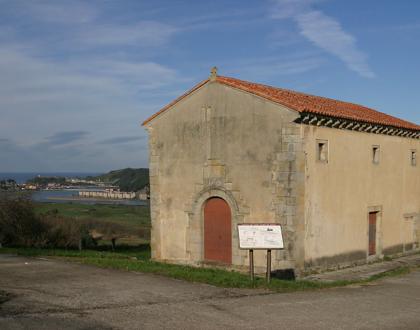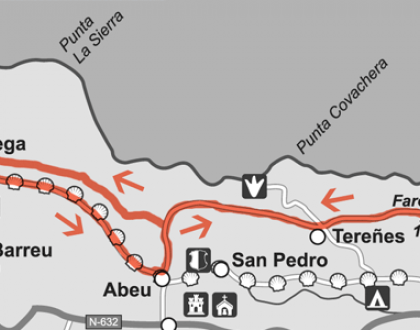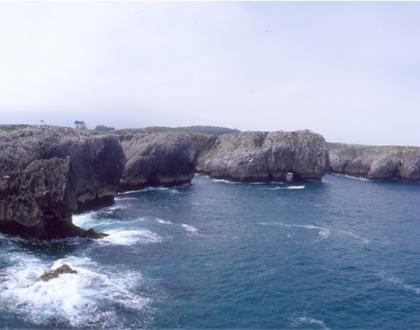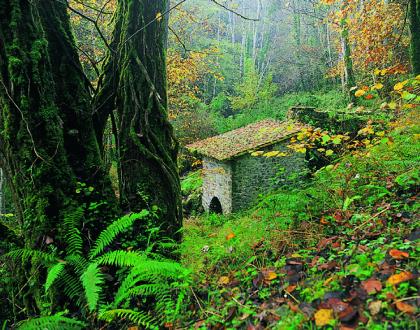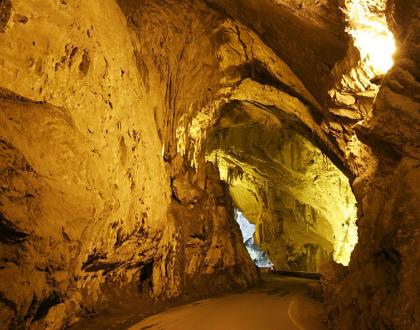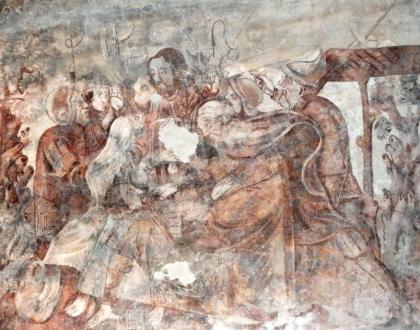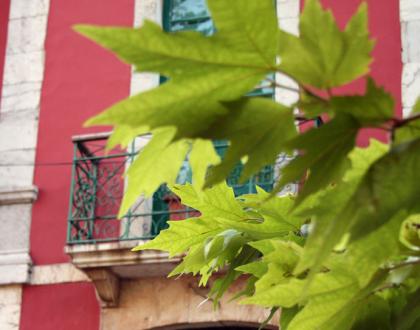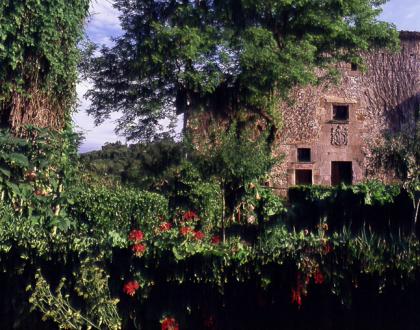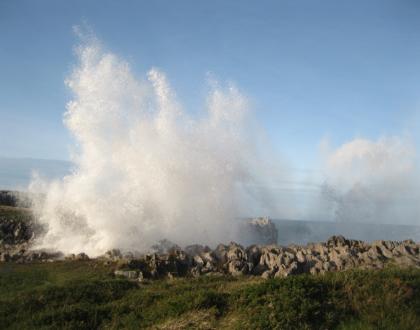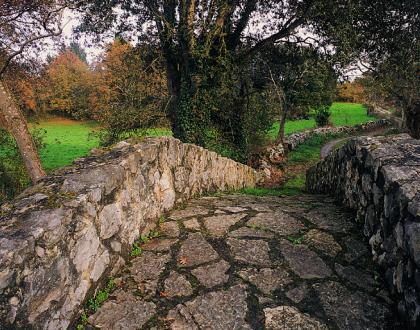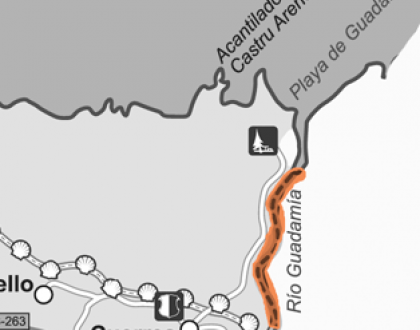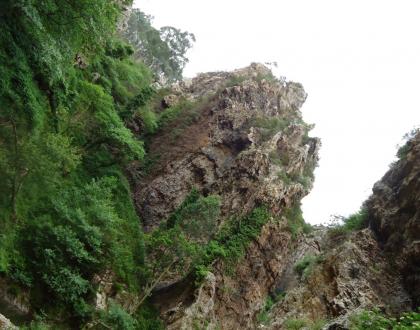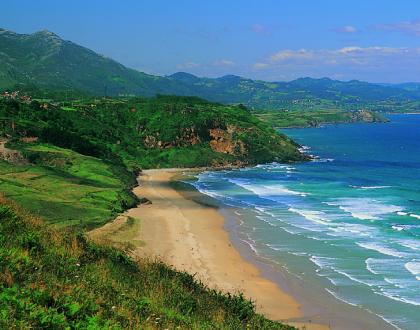Santa maría magdalena parish church – uría-aza brothers’ fresco paintings

Description
Built during the 20s decade, Santa María Magdalena parish church was projected in an eclectic style by the main architect in Ribadesella at the time: Miguel García-Lomas. Two distinctive bell towers and soft elements of country, colonial and Neoromanesque styles are visible on its structure.
However, at the interior, the fresco paintings made by three local artists –Bernardo, Antonio and Celestino, the Uría-Aza brothers- during the 30s and 50s decades, are the ‘worth it’ thing of the church, and definitely justify a quiet and observant visit.
At the top of the cross, a four-walled cimborium shows four extraordinary neoclassical style murals denouncing the consequences of wars. ‘Blame’, ‘Warning’, ‘Crime’ and ‘Peace’ are their titles. Furthermore, the flat cover over the cross, representing Heaven, creates a successful effect as if it was an spherical surface, making visitors believe that they are staring at a cupola. Finally, as a product of the genius of these masters of the trompe l’oeuil technique, four magnificent huge blue curtains involve the four scenes at the panels, completing a magical scenography where volumes and shapes are a trap that makes the images look real.
In addition to the Uría-Aza brothers' frescoes, the stone altarpiece at the main chapel is an interesting qualified carving work of Gerardo Zaragoza, brilliant Asturian sculptor. Here, his creation is an original composition with a nice use of depth and relief.
Finally, a golden mural at the Immaculate chapel with its delicate orientalist flavour, and a dramatic wooden image of a ‘Christ laid in tomb’, carved by the excellence of González Macías, complete the visit.
The interior of Santa María Magdalena parish church houses an unexpected 20th century fresco paintings masterpiece by the Uría-Aza brothers. Not to miss.
Built during the 20s decade, Santa María Magdalena parish church was projected in an eclectic style by the main architect in Ribadesella at the time: Miguel García-Lomas. Two distinctive bell towers and soft elements of country, colonial and Neoromanesque styles are visible on its structure.
However, at the interior, the fresco paintings made by three local artists –Bernardo, Antonio and Celestino, the Uría-Aza brothers- during the 30s and 50s decades, are the ‘worth it’ thing of the church, and definitely justify a quiet and observant visit.
At the top of the cross, a four-walled cimborium shows four extraordinary neoclassical style murals denouncing the consequences of wars. ‘Blame’, ‘Warning’, ‘Crime’ and ‘Peace’ are their titles. Furthermore, the flat cover over the cross, representing Heaven, creates a successful effect as if it was an spherical surface, making visitors believe that they are staring at a cupola. Finally, as a product of the genius of these masters of the trompe l’oeuil technique, four magnificent huge blue curtains involve the four scenes at the panels, completing a magical scenography where volumes and shapes are a trap that makes the images look real.
In addition to the Uría-Aza brothers' frescoes, the stone altarpiece at the main chapel is an interesting qualified carving work of Gerardo Zaragoza, brilliant Asturian sculptor. Here, his creation is an original composition with a nice use of depth and relief.
Finally, a golden mural at the Immaculate chapel with its delicate orientalist flavour, and a dramatic wooden image of a ‘Christ laid in tomb’, carved by the excellence of González Macías, complete the visit.

Contact


